Chosen Theme: Innovative Tools for Sustainable Interior Design
This edition dives into Innovative Tools for Sustainable Interior Design, uniting data, craft, and empathy. Expect hands-on methods, credible metrics, and human stories that reduce impact without dulling delight. Share your go-to tools in the comments and subscribe for fresh, practical inspiration each week.
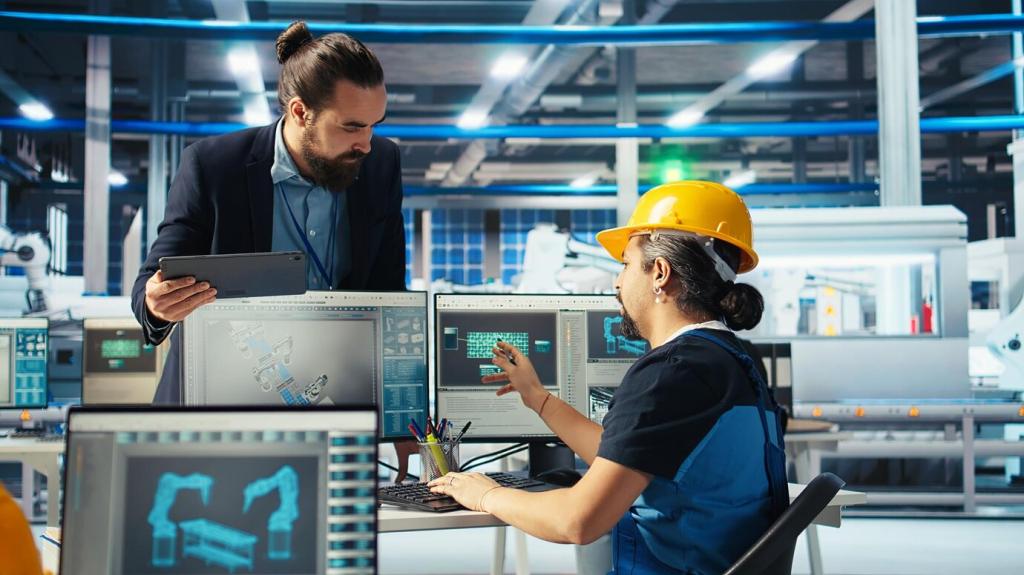
Measure What Matters: Life Cycle Assessment and Carbon Dashboards
Begin by modeling a typical room and its materials inside a user-friendly LCA tool, then compare scenarios. Even rough quantities reveal hotspots, letting you prioritize flooring, wall panels, and casework where small switches can deliver meaningful embodied carbon reductions quickly.
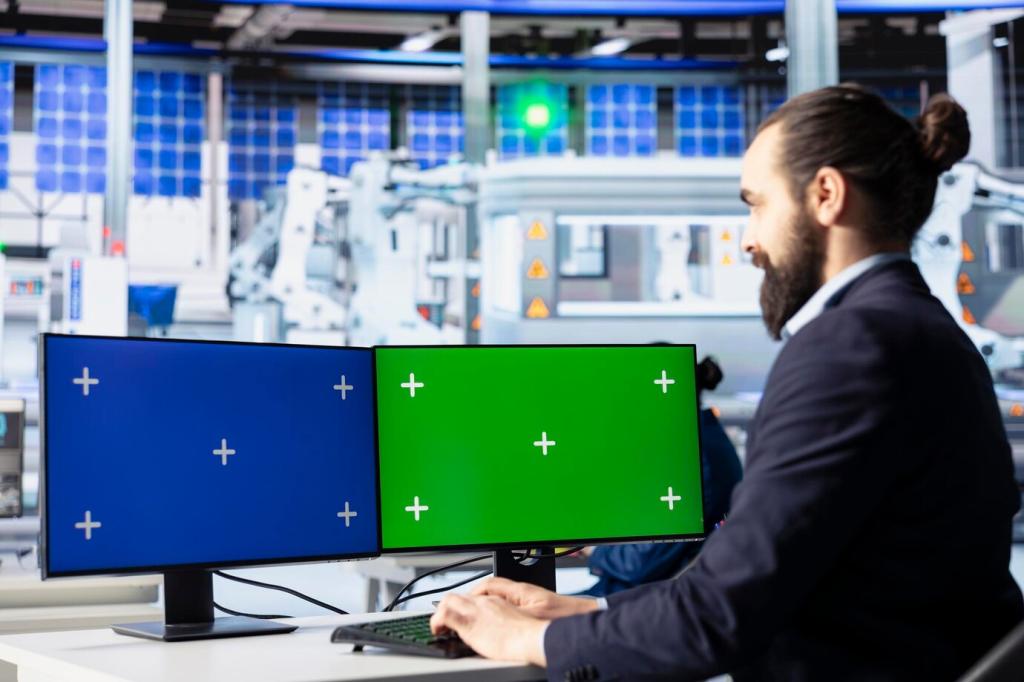

Measure What Matters: Life Cycle Assessment and Carbon Dashboards
In one workplace refresh, the team swapped mineral fiber tiles for bio-based panels, reduced gypsum layers using acoustic modeling, and selected adhesives with verified EPDs. The dashboard showed a 34 percent embodied carbon drop while maintaining acoustic comfort and a welcoming, daylight-rich character.
Link your BIM model to parametric daylight checks, solar heat gain summaries, and assembly-level carbon factors. As you adjust partitions or glazing, the metrics update, ensuring comfort targets and embodied carbon budgets stay aligned rather than becoming last-minute compromises.
BIM and Parametrics: Performance in the Model
Tag each interior element with a digital material passport: composition, fixings, potential reuse, and take-back schemes. Later, maintenance teams know exactly how to repair or remove components cleanly, extending product life and making future remodels cheaper, safer, and dramatically less wasteful.
BIM and Parametrics: Performance in the Model
Material Intelligence: EPDs, Circular Marketplaces, and Bio-Based Options
Use EPD readers that normalize units, flag key stages, and benchmark categories. Focus on hotspots like binders, coatings, and transport. A quick side-by-side can reveal surprising gains, especially when two similar-looking products hide very different upstream processes and end-of-life pathways.
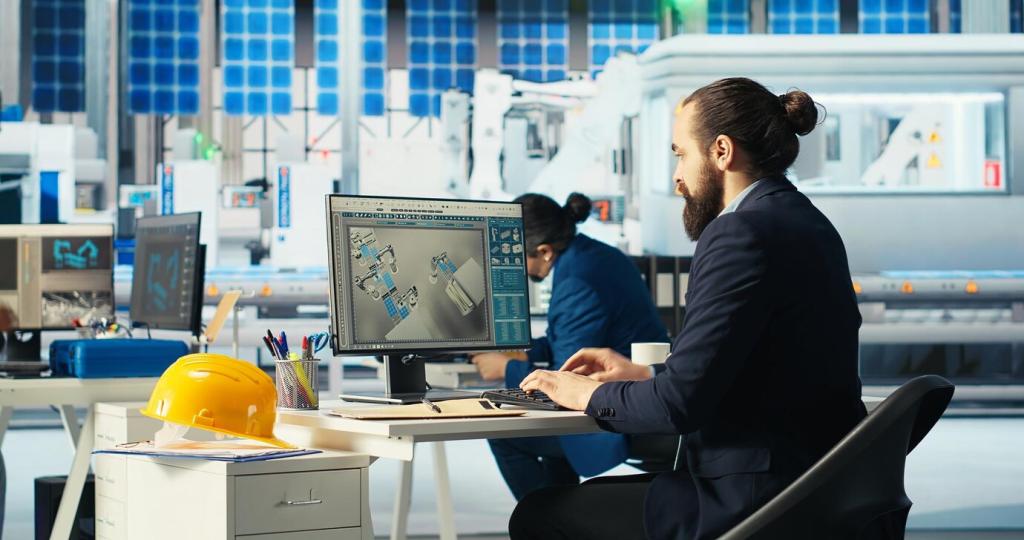

Material Intelligence: EPDs, Circular Marketplaces, and Bio-Based Options
Explore digital marketplaces for reclaimed timber, lighting, and hardware, then filter by dimensions, certification, and provenance. A boutique hotel we interviewed sourced oak stair treads from a theater renovation, saving cost and carbon while earning a backstory guests ask about at check-in.
Simulation That Saves: Light, Energy, and Comfort
Daylight autonomy from the concept sketch
Run fast daylight autonomy studies on core layouts to position collaboration zones in bright areas and quiet rooms in softer light. You will reduce reliance on artificial lighting, cut heat loads, and create spaces that feel naturally uplifting throughout shifting seasons and daily rhythms.

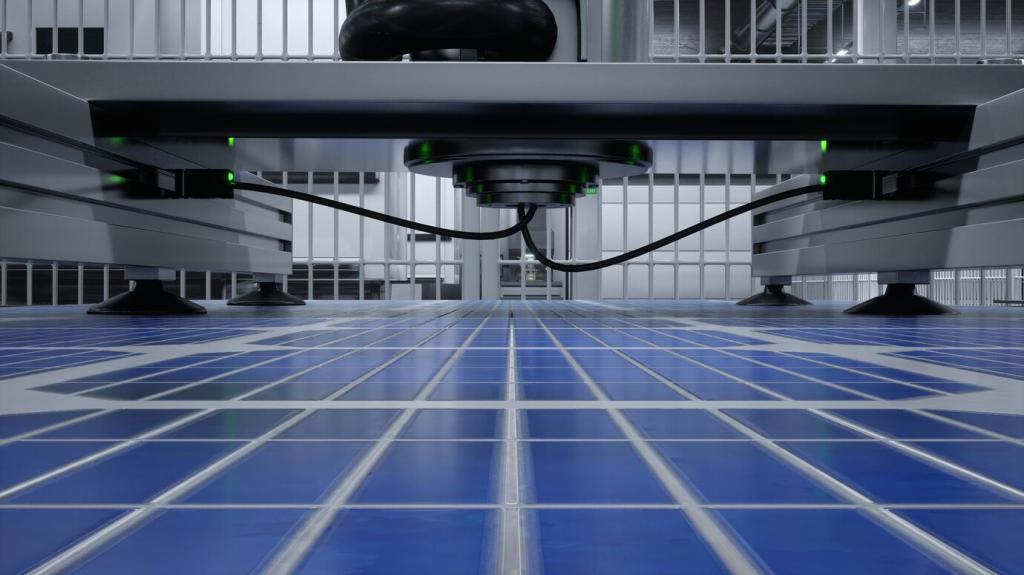
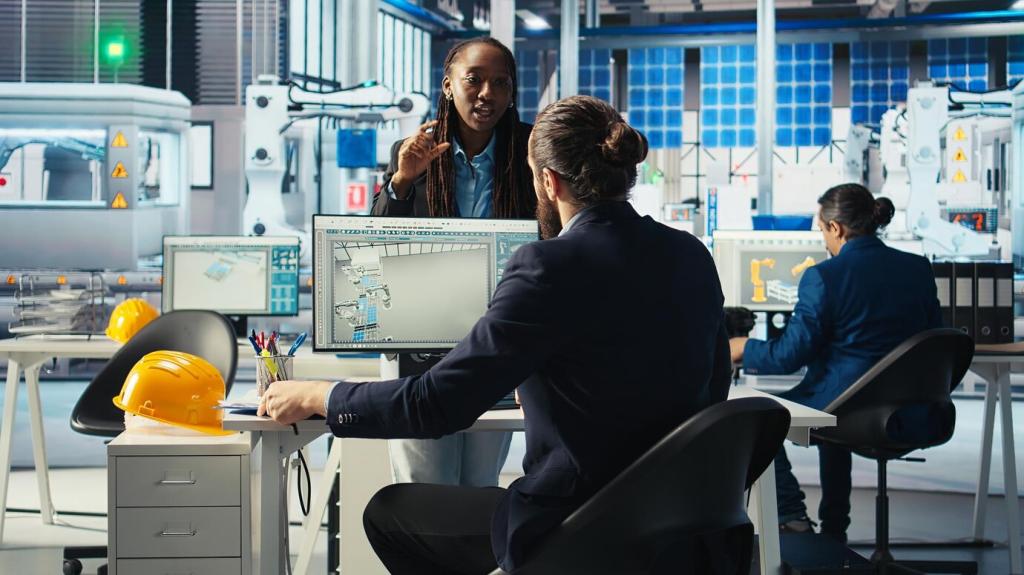
Immersive Prototyping: AR/VR That Reduces Waste
Load true-to-scale materials into a VR scene and navigate at eye level. Teams compare gloss, texture, and joints under varied lighting without shipping dozens of physical samples. One studio reported halving sample waste while shortening client decision cycles by nearly three weeks.
Immersive Prototyping: AR/VR That Reduces Waste
Installers view anchor points, datum lines, and sequencing through tablets or headsets, aligning panels precisely. Fewer mistakes mean fewer replacements and less packaging waste. Share with us which AR platform integrated best with your shop drawings and how it changed punch list conversations.
Operate to Learn: IoT, Digital Twins, and Post-Occupancy Insight
Quiet sensors, meaningful patterns
Deploy low-power sensors for CO2, temperature, humidity, and occupancy. Anonymized trends show when meeting rooms underperform or lobbies overheat. Instead of guesswork, you will have patterns that justify operational tweaks and small retrofits with outsized comfort and efficiency returns all year.

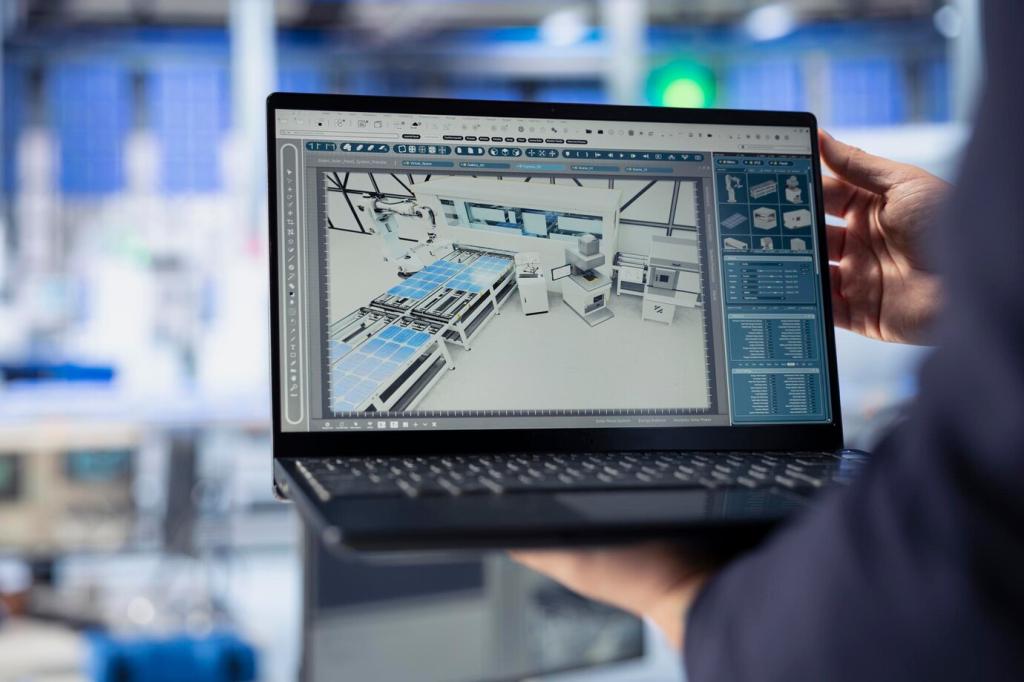
Tuning systems with a living model
Connect sensor feeds to a digital twin that mirrors your interior. Test setpoint changes virtually, then implement the best plan. One cultural center adjusted nighttime ventilation schedules and saved energy while improving morning air freshness for staff and early visitors alike.
AI for Better Plans and Lower Impact
Feed adjacency needs, daylight targets, and acoustic requirements into a constraint-driven planner. The AI proposes options that shorten circulation, preserve windows for shared spaces, and reduce partitions. Designers stay in control, curating outcomes and embedding character where algorithms would stay generic.
AI for Better Plans and Lower Impact
Connect your AI assistant to vetted product libraries with transparent EPDs. As you select finishes, it flags lower-impact alternatives with similar performance and texture. Keep a human review step, then publish your selection rationale to educate clients and inspire peers responsibly.
